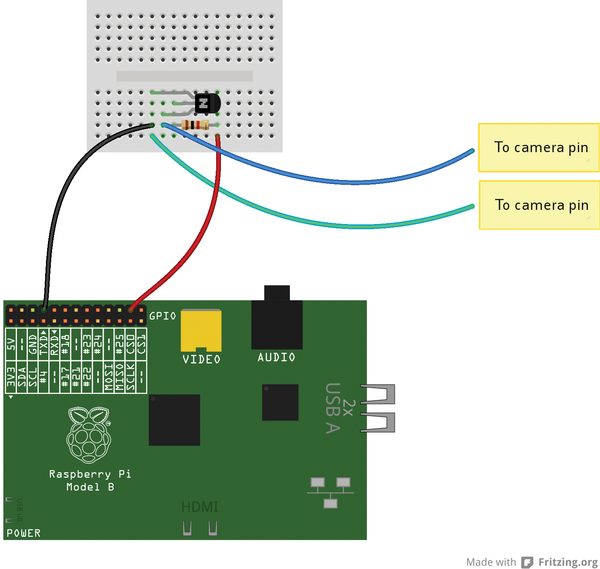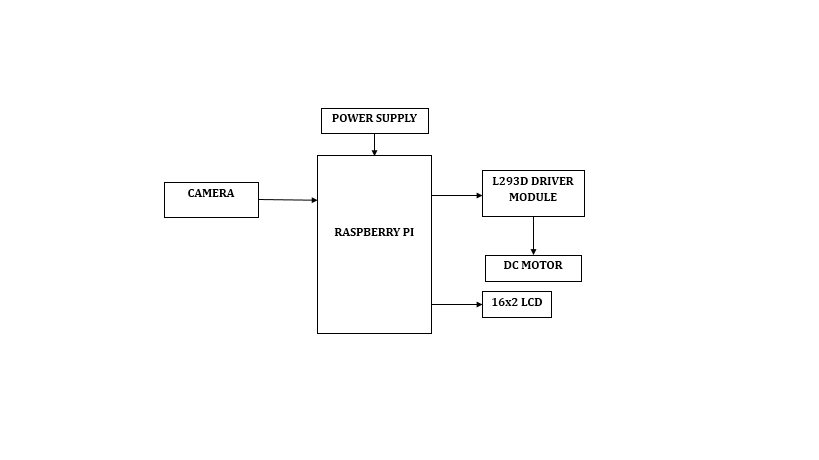

Once you install the codec and avconv (within libav-tools).

If this application is not installed on your Raspbian, you can do it entering the following commands: $ sudo apt-get install libavcodec-extra Now it would be interesting to take all these photos and make a movie! For this purpose you can use avconv. Looking at the above script, it’s easy to see how you can add a number to the end of the file name, to avoid that the JPG file is not overwritten. from picamera import PiCameraĬamera.capture('/home/pi/image%s.jpg' % i) For example, if you want to take a sequence of nine photos, you will need to write the previous code into a loop. Starting from the example above, the modificherai in order to obtain a sequence of images. Now, after you checked that the PiCamera is working properly, and find out how you can use it with Python, it is time for you to try some simple tasks that you will find helpful to improve your approach to this WebCam. If during the preview you’ll have to get a picture reversed, ie upside down, there is no need to reverse the PiCamera, but enter the command in the code, just before the calling to the start_preview() function. The delay is necessary to allow the sensor to set the levels of light before taking the picture. It will remain active for 10 seconds, takes a picture, before it closes. You should see the preview from the WebCam. Now you can execute it $ python get_image Save the code pressing CTRL+O and the exit with CTRL+X.

Now you can enter commands to the acquisition of an image that will be saved as JPG files directly on the file system. You need later for managing the waiting times between a command and the next. Create a new file and save it as get_image.py(Do not save it as picamera.py 😉 ) $ nano get_image.pyįirst, you will need to import the PiCamera class, it will generally correspond to your WebCam on which your commands directly refer. Once all the modules installed, you’re ready to test your PiCamera with the Python language. Thus, to get start with Python and the PiCamera you have to install the necessary modules: $ sudo apt-get install python-picamera python3-picamera python-rpi.gpio Also thanks to the GPIO pins it will be possible to integrate the camera using sensors or switches. With this library you can write programs that allow you to take pictures, make videos and then process them later. This module was developed by Dave Jones ( see here). There is a module in Python to use the PiCamera with the Python language, its name is python-picamera. On the screen you should see a preview of a few seconds and then a new file with the captured image will be saved on the current directory.

Open again a command console, and enter the following command: raspistill -o image.jpg Now you have to test if the PiCamera works fine.


 0 kommentar(er)
0 kommentar(er)
